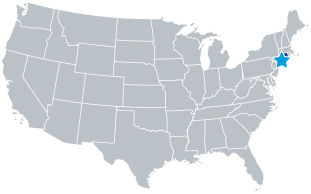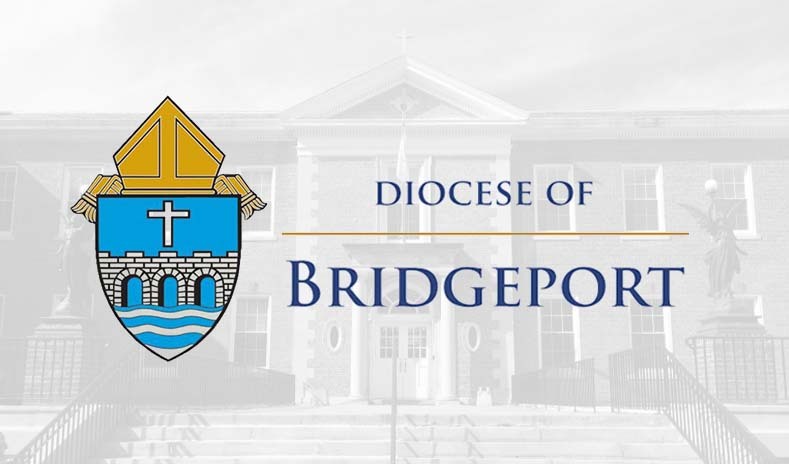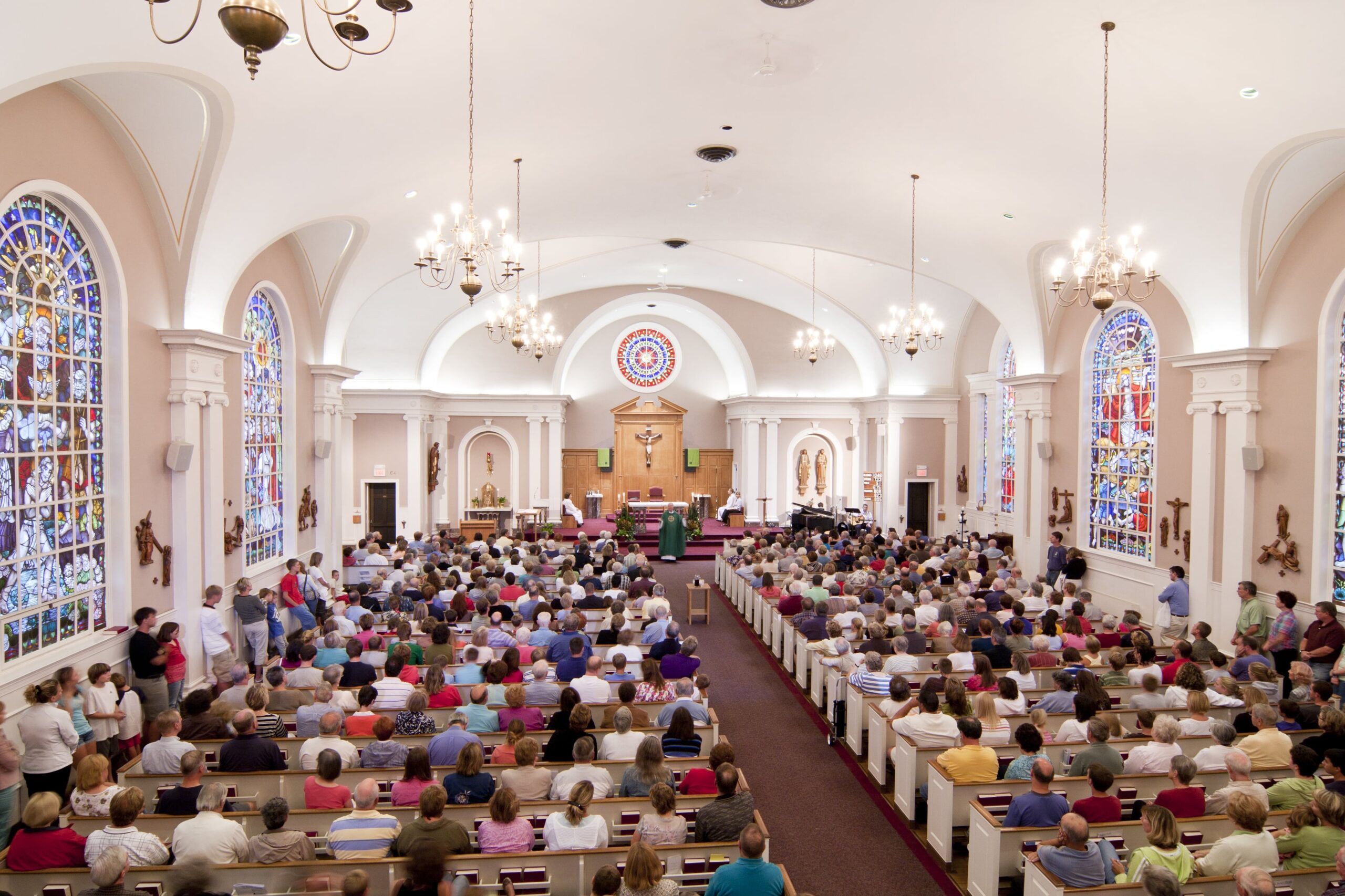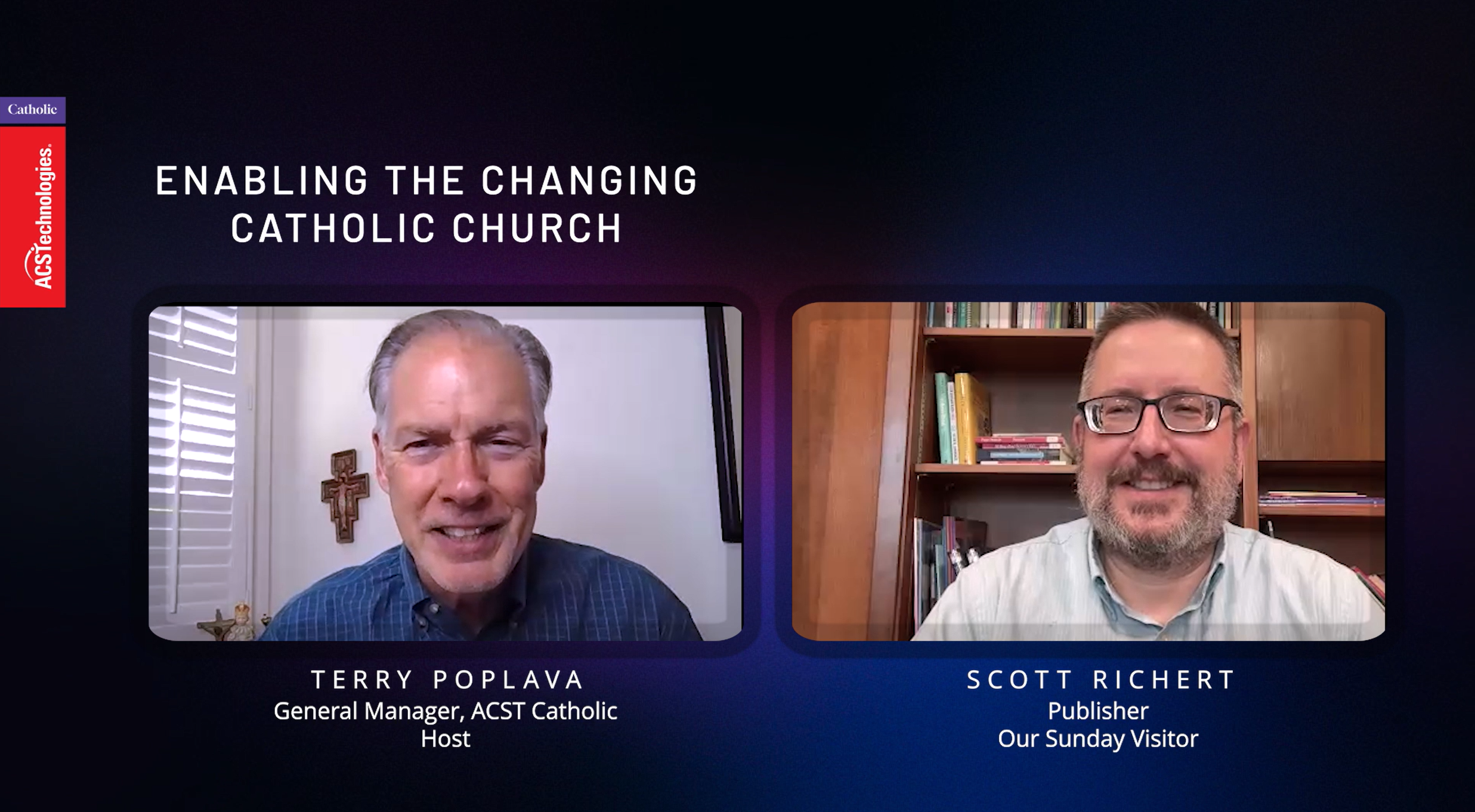Location: Bridgeport, Connecticut
Denomination: Catholic
Founded: 1953
Parishes: 77

History
The Diocese of Bridgeport was founded in 1953 as an expansion of the Diocese of Hartford. At the time of the diocese’s inception, the Bridgeport community was composed of several small communities and parishes were erected in each of these areas, creating a large geographical expanse. Today, the diocese continues to serve Bridgeport and the surrounding area with 45% of the Fairfield County population belonging to a parish.
The diocese is also steeped in community efforts with 3 elderly living facilities, a sponsorship for 28 Catholic schools, and a close partnership with the Catholic Charities of Fairfield County, the largest private social service provider in Connecticut.
Challenge
By design, the number of parishes grew based on the organic growth of the population in the community. Now, nearly 70 years later, the population has shifted creating an overlap of parish coverage which is made more complicated with 10 national parishes that have no set geographical bounds.
In addition, the demographic and socioeconomic dynamics have changed greatly in the Bridgeport area. The diocese serves several ethnic communities and there is a great disparity of income between the different parishes.
The Diocese of Bridgeport needed to make strategic plans for its parishes and schools that best suited the communities’ needs while being prudent with funding and resources.
Solution
The Diocese of Bridgeport turned to MissionInsite to gather the information needed to identify potential mergers between parishes. Leveraging MissionInsite’s mapping tools, the diocese mapped each parish, allowing them to identify parishes in close proximity. The attendance, sacraments, finances, and growth of the parishes were evaluated to confirm there was a potential financial benefit in merging.
The diocese then mapped out the location of each parishioner in relation to these parishes. The combined data showed opportunities for mergers between parishes that would conserve diocese resources and still allowed their parishioners to worship close to home.
Next, the diocese needed to determine if a merger made sense based on the makeup of the parishioners. The ExecutiveInsite Report in MissionInsite provided a demographic and economic breakdown, including age, racial-ethnic, phase of life, and income information about the parishioners of the parishes being evaluated. Armed with this information, the diocese felt confident the two parish communities would mesh well together.
The Diocese of Bridgeport is also using MissionInsite to help sustain their parishes. Due to the disparity of incomes in their area, some parishes were struggling financially while others were flourishing. The Deacon looked at the economic data from parishes to identify potential sponsorship opportunities where a parish could sponsor another vibrant parish experiencing financial hardship. If a parish exceeded its goal for the Bishop’s Appeal, they could elect to donate the overage to another parish. The pilot was extremely successful, allowing each parish to stay whole and open for its parishioners.
Managing 28 schools across a large area also required strategic planning. The Diocese of Bridgeport used population forecasting in MissionInsite and combined this information with enrollment and financial data from previous years. The analysis showed that attendance would trend down faster than the population growth, indicating the schools could be in trouble in the future. With this data, the diocese can now take action such as launching a capital campaign to fund schools, adding additional bus routes to growing areas, or potentially merging schools.
Next Steps
Next year, the diocese will experiment with two shared model initiatives leveraging MissionInsite data: pastoral care and school administration.
Similar to the exercise used for identifying potential parish mergers, the diocese will map parishioner data and evaluate demographics to determine opportunities to launch pastoral programs where a pastor can serve multiple parishes, such as one pastor leading youth groups across four or five parishes. This will allow for the diocese to launch or sustain programs without adding additional headcount.
For the 22 schools the diocese sponsors, MissionInsite will be used to determine opportunities for a shared administrative approach across their schools that would allow schools to share the same resources for administration, such as accounting.
Lastly, the Diocese of Bridgeport wants to increase its effectiveness of helping people in its communities. Deacon Pat noticed a substantial decline in overall attendance and engagement and found that in some areas, Mass attendance was down 40% which is indicative of the church not serving the needs of the community. MissionInsite will allow the diocese to map people in these areas and uncover trends in growth, demographics, and socio-economics and combined with religious preference information provided in MissionInsite, the diocese can create programs to bring more people into the parishes and better support their community.
MissionInsite armed the Diocese of Bridgeport with information that was vital for mapping out the future of their parishes and schools, and will be a tool they can leverage to grow their ministries next year and beyond.





